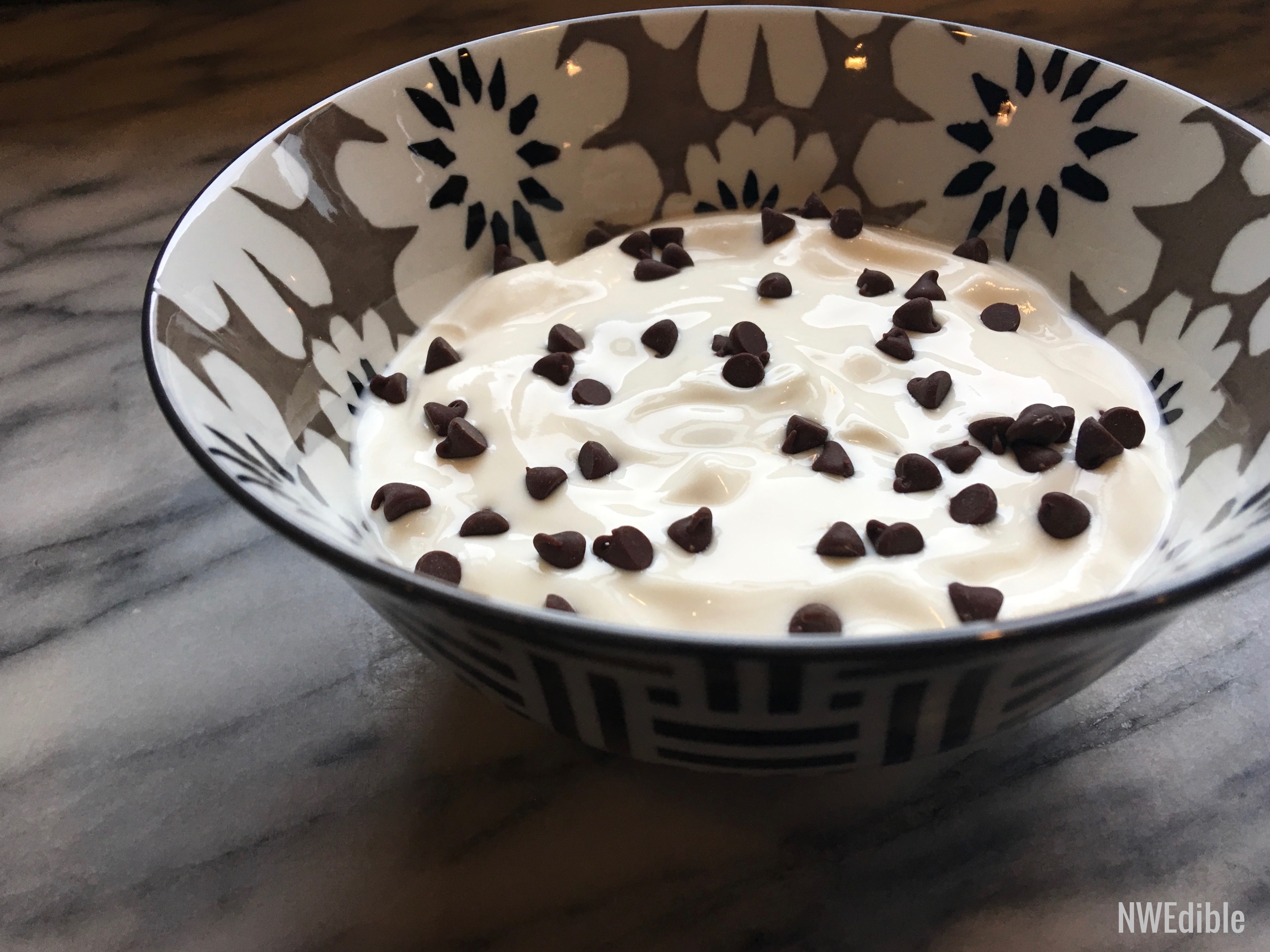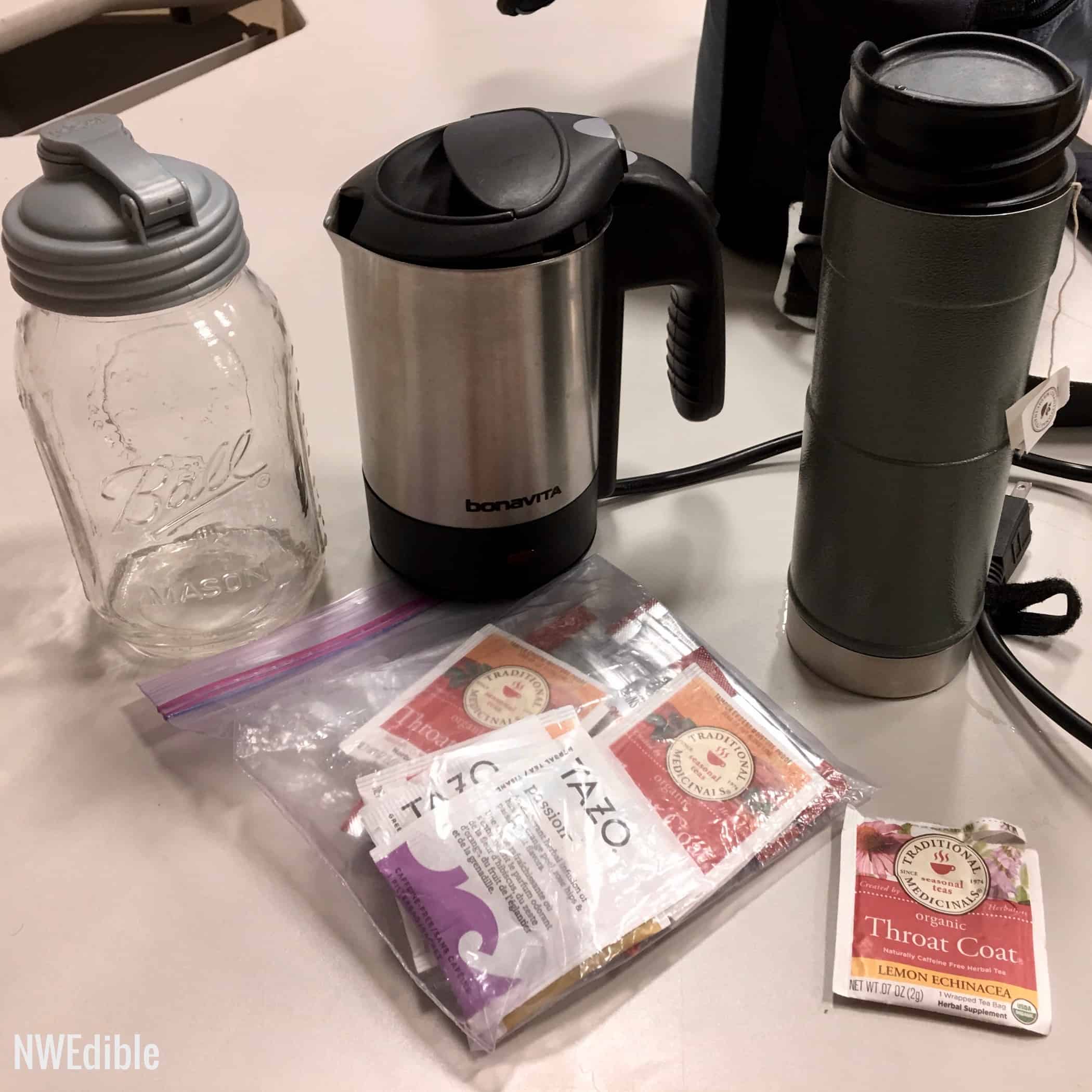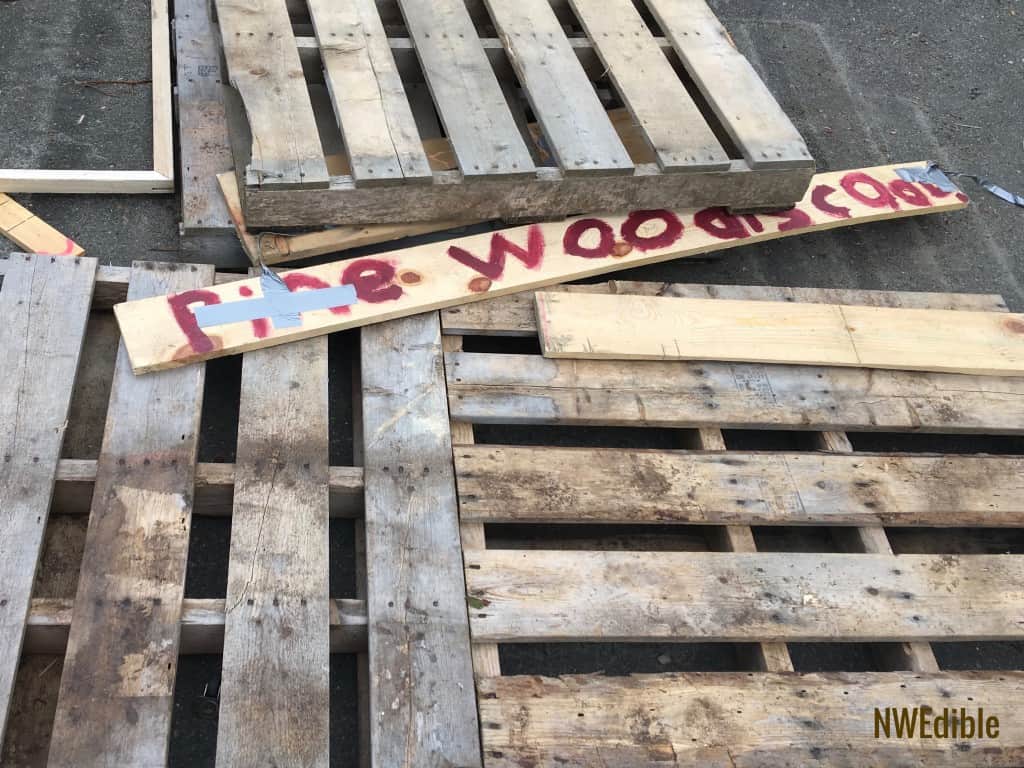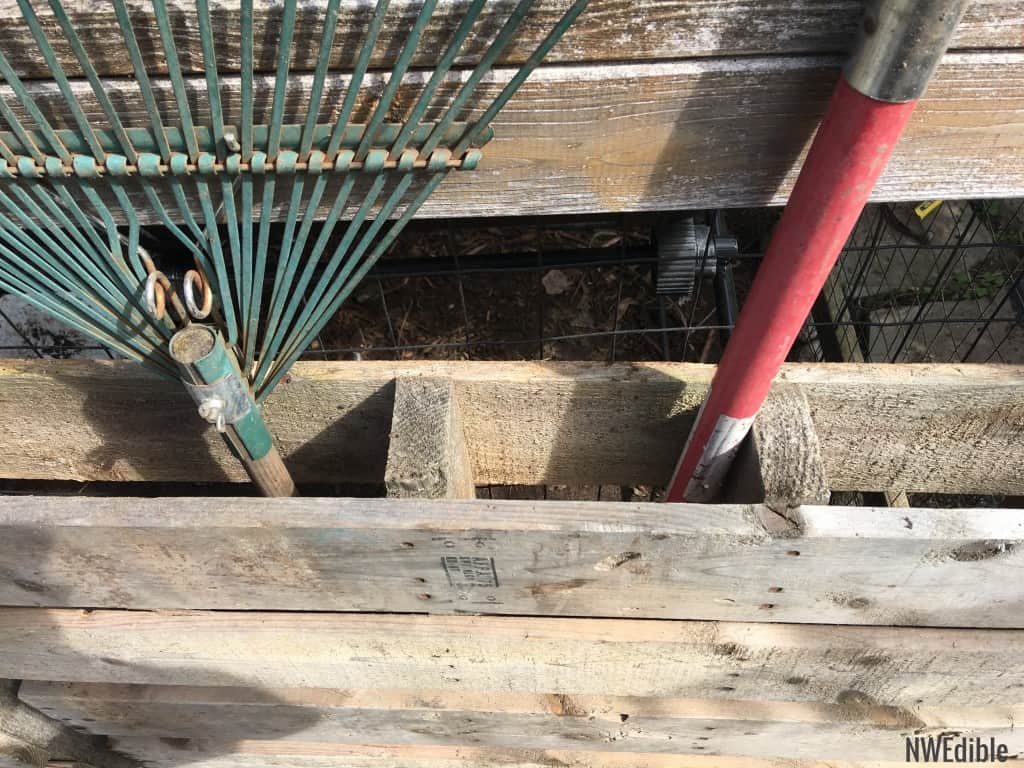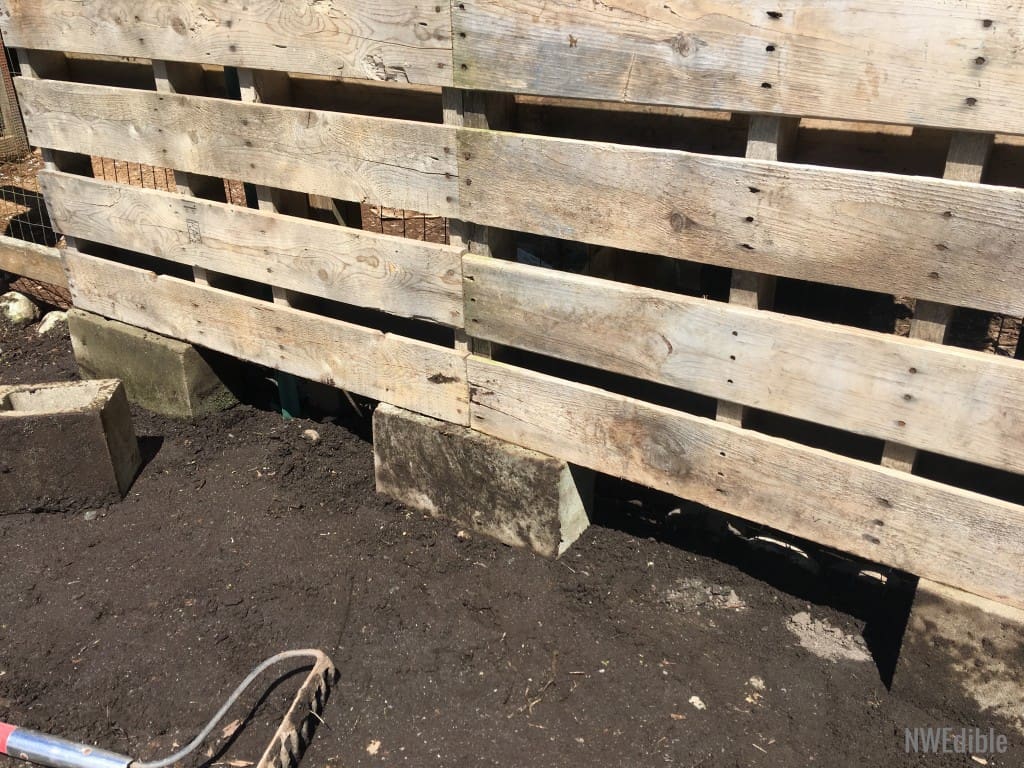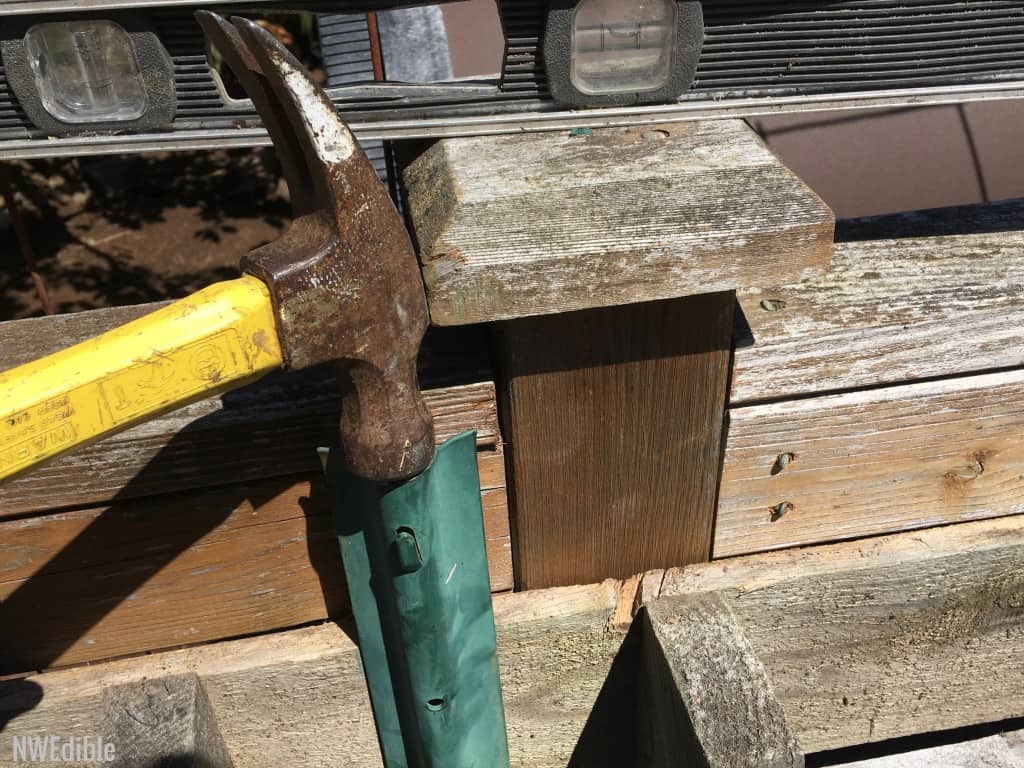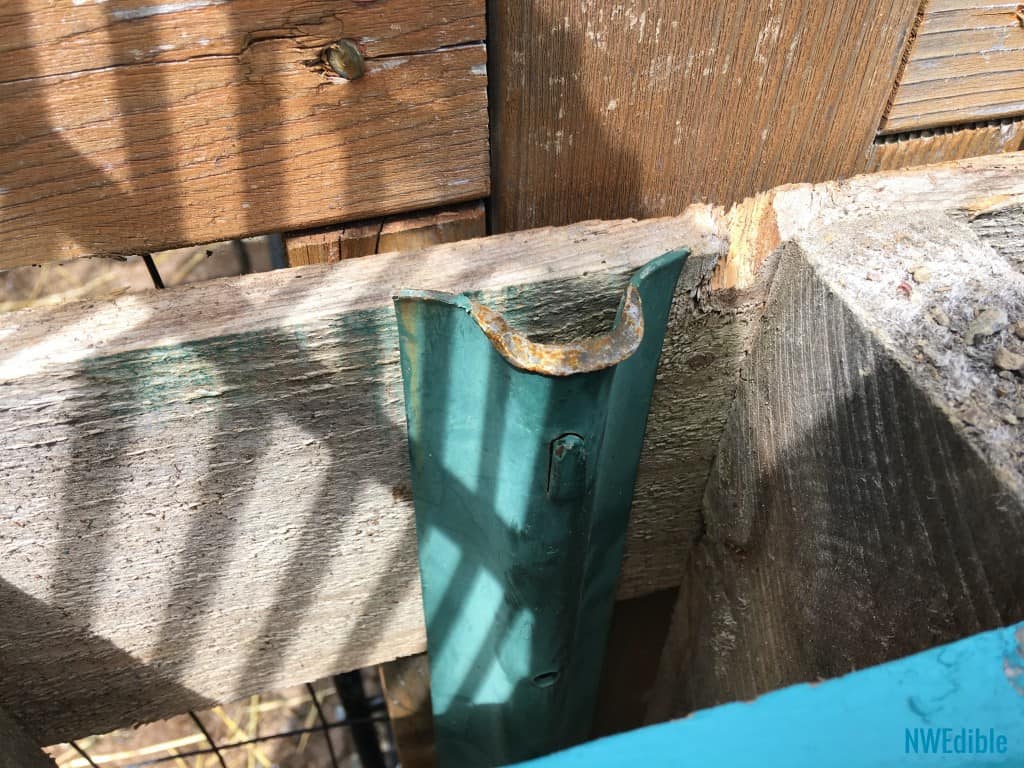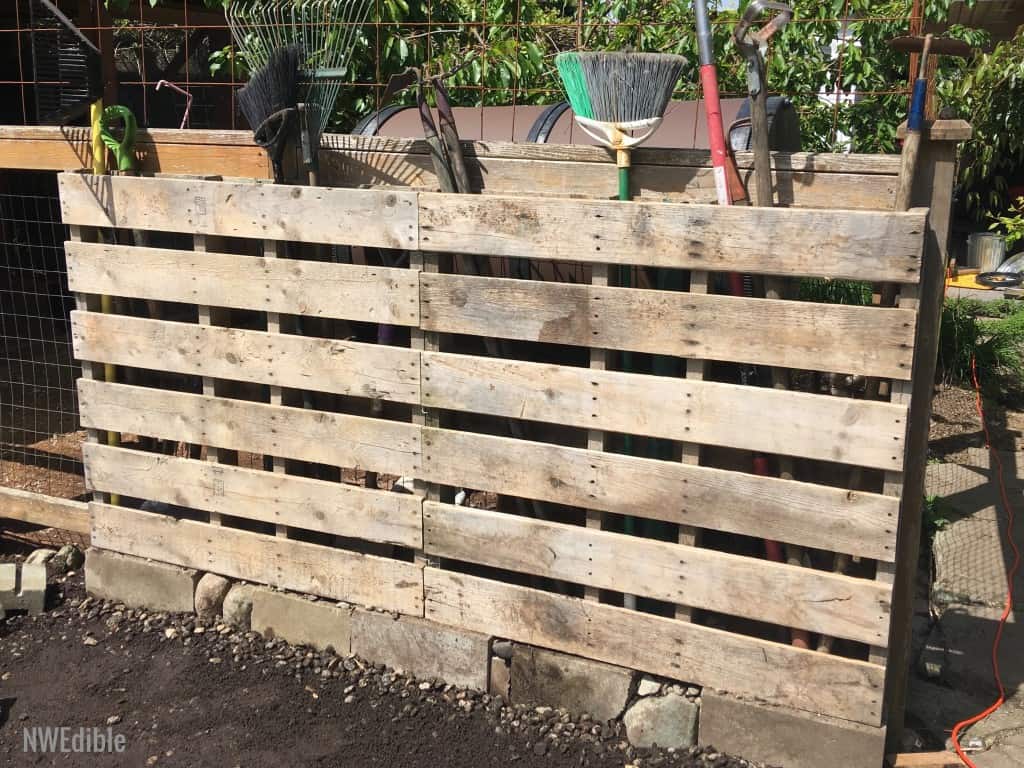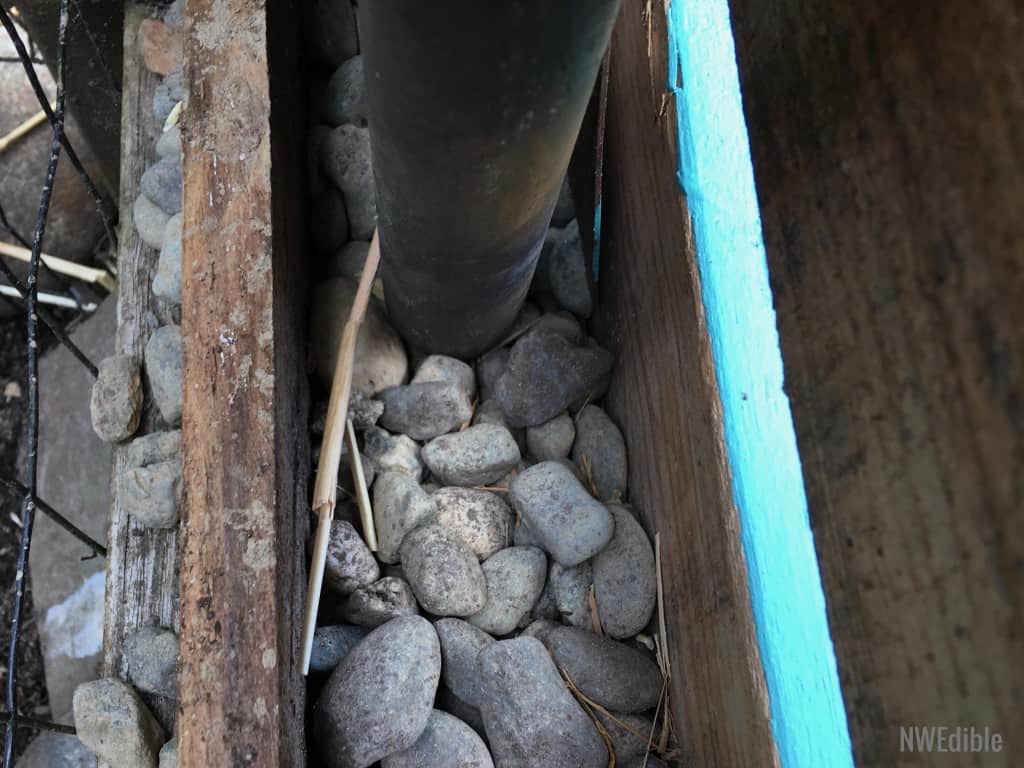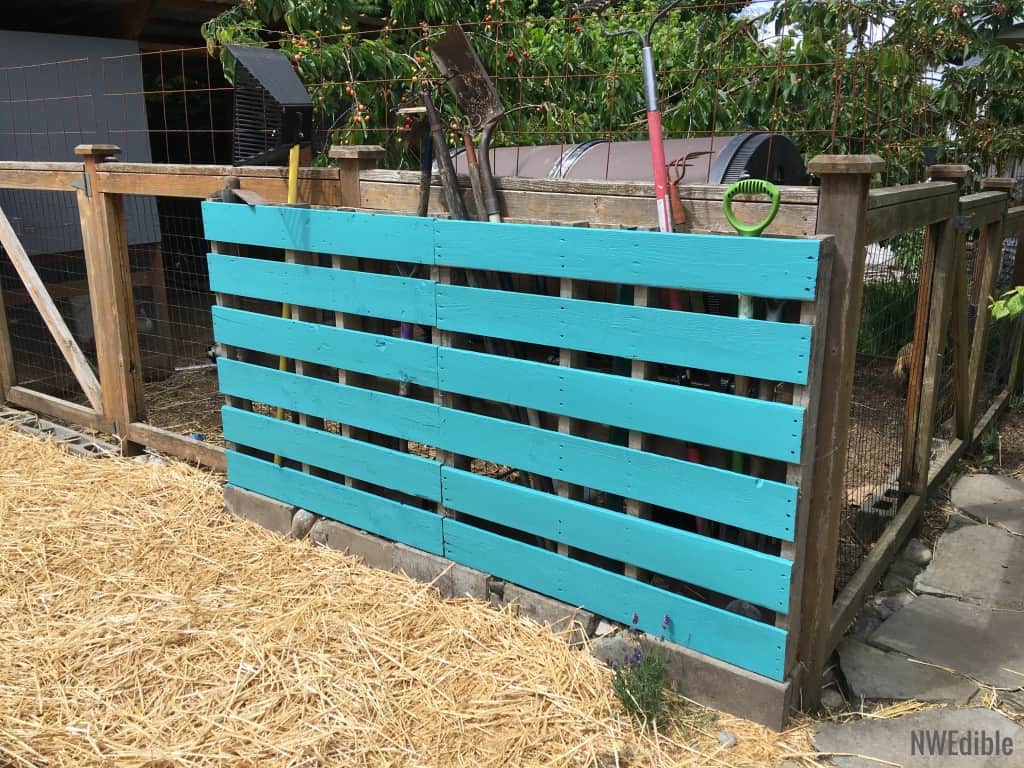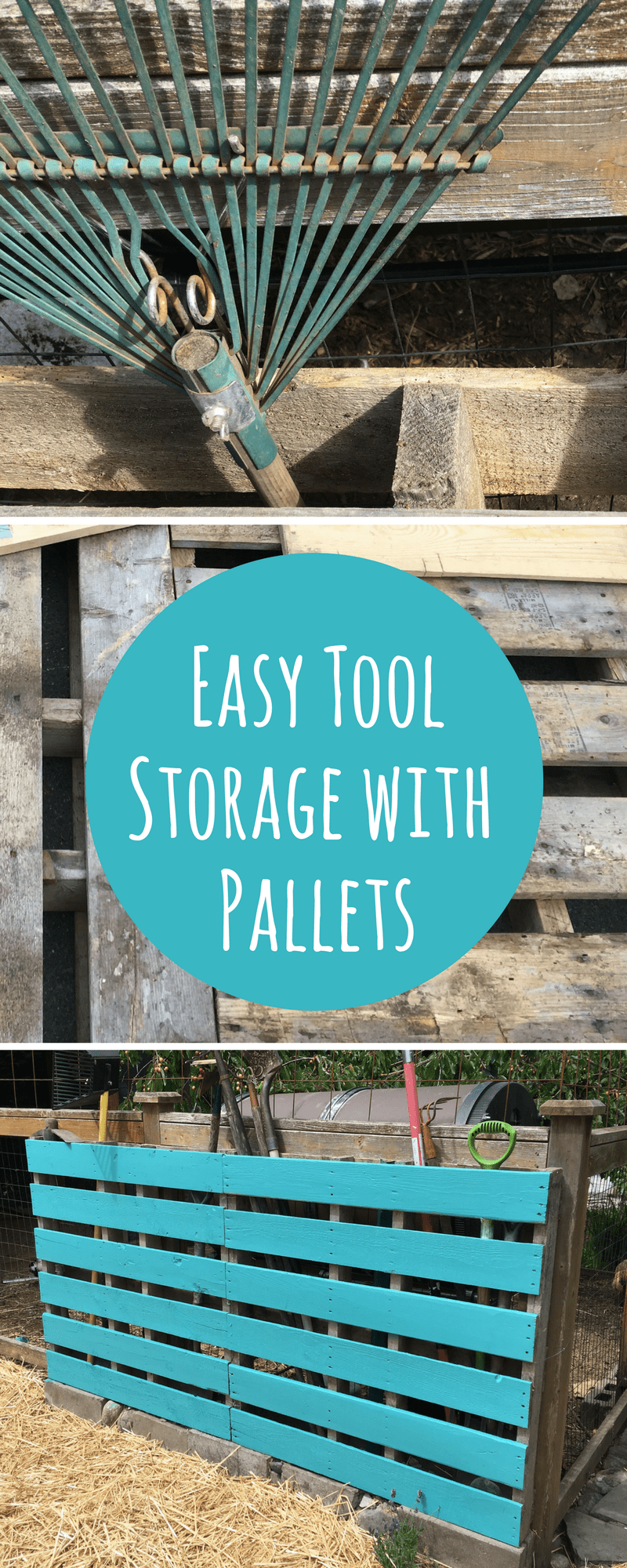I can’t let February sneak past without doing a reader question post. This month: fermentation lids, peppers that will ripen in the Northwest, litter for chicken coops and more.
We also have Community Questions asking for suggestions, advice or resources for gardening in Central America and Florida. I’m not knowledgeable enough to answer, but maybe you can help?

Do I Need To Use A Crock Cover For Fermentation?
What is the purpose of the crock covers I see marketed and what benefit would they offer me?
I’ve been making 5 gallon batches of kraut and pickles for a few months now. I typically leave the crock in the basement while it ferments and every day or three I skim off the scum (yeast as I understand it). I cover my crocks with a towel as they are going to keep out any dust/young children.
Clinton
So just for folks who aren’t sure what Clinton’s talking about, we don’t mean the inner weight you’d use to keep your fermenting vegetables submerged. We’re talking here about an outer cover designed to keep dust and contaminants out of your ferment.
The classic, straight-sided stonewear crocks without a water moat like these are often sold without a cover. But if you want a lid, you can buy one as an accessory. Here’s a picture:
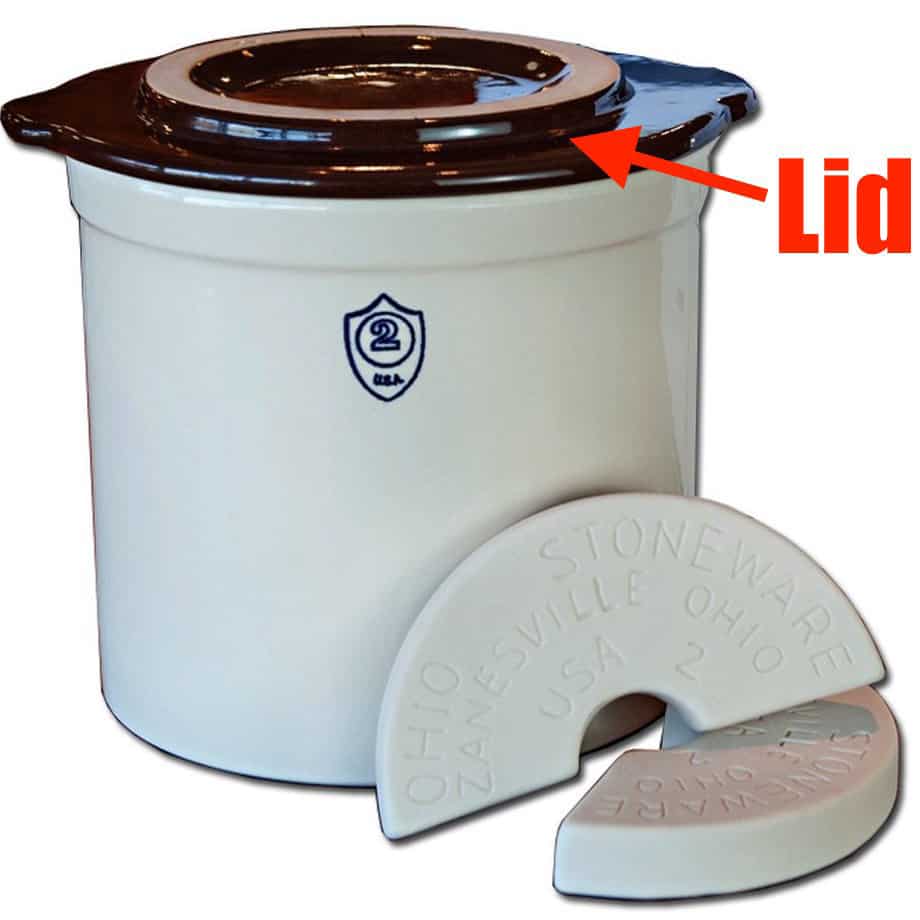
These lids for straight-sided crocks are totally optional. They aren’t going to make the difference between a failed and a successful ferment. That said, they do offer some advantages.
- While not air tight, the covers will slow down oxygen exchange to your ferment as compared to a towel.
- They are going to be more effective at keeping dust, airborne yeast, and similar contaminants off your ferment than a kitchen towel, simply because they aren’t porous like cloth, so you will need to remove scum from your ferments less often.
- They are opaque, so light will not damage your ferment.
- They are heavy, so they are unlikely to be blown, snagged, or accidentally knocked off your crock.
- They promote temperature stability in your ferment by adding additional mass around your ferment.
So these covers are useful, but the truth is, any solid, earthenware plate with a lead-free, food-safe glaze of an appropriate size would provide similar advantages. Traditionally, lots of folks made wooden lids to cover their crock.
You mentioned young kids. If you are keeping your crocks someplace where kids might get into them, it’s worth considering if a heavy and breakable lid is maybe not a better option than your towel – I’m just thinking of my son sliding something like a ceramic crock cover off and then dropping it right on his feet. Cause he would do something like that.
If kid safety isn’t an issue, you can use a heavy plate to test-run the utility of a heavy, opaque lid. If you find that cover cuts down on contamination and the amount of skimming in your particular situation, you might decide investing in the dedicated crock lid is worth it.
Sand Over Concrete Floors In A Chicken Coop?
I have a question regarding the floor of my coop. We live on an old dairy farm and are converting the old “milking room” into a coop. It has concrete floors. I had planned on covering the floor with straw until i read your blog on using sand. Any thoughts or ideas? I’m hoping concrete won’t be a problem.
Thanks
Denise
I’ve been really happy with how clean sand had been in our coop, but I can’t imagine that sand would be a cleanliness advantage over straight concrete.
A search for “coop floor sand over concrete” brought me to this tale of coop sadness, from a woman who said her sand-over-concrete coop floor was a stinky mess any time it got wet. Her report enhanced my skepticism about sand over concrete.
Brilliant readers, anyone want to weigh in on this?

In terms of non-sand options, I don’t know if you are thinking a deep-litter, compost-in-place type system, or just a layer of straw to give your hens a more comfortable grip as they walk. There are many advantages to a deep litter system, but to do it successfully the litter needs access to micro-organisms.
I’ve only ever done deep-litter over dirt, but I’m sure with a bit of patience and perhaps an inoculation of your litter with some good garden soil you could make it work over concrete. If just might require a bit more fiddling than it would over soil. This is a good article on deep litter coop maintenance if you want to go that route.
In your situation, I’d honestly be excited to have a concrete floor ready to go in my coop. I think you’re gonna be really happy with it. I’d do some research to see if you want to seal the concrete in some way before it gets used as a coop, then for your birds I’d go with your original plan and lay down at least 4-6 inches of bedding over the concrete.
Straw is a fine litter as long as it stays dry. Wet straw is not nice. If you are rural, straw is very cost effective. Non-aromatic wood shavings or clean chips work well in my experience. I’ve also heard really good things about wood bedding pellets (like this) in coops. If you happen to live in an area where rice is grown, rice hulls are supposed to be great. (Hat tip to Root Simple for that tip.)
What Peppers Will Ripen In The Northwest?
I live in southwest British Columbia, close to the Pacific ocean, so we are blessed with a so-called Mediterranean climate, but we have summer fog all summer long, even when it is not visible. Two of my favorite vegetables, tomatoes and bell peppers, cannot be ripened outside, which is okay because I have a passive solar greenhouse.
But, bell peppers are still problematic (My tomatoes are beyond excellent, I have been told). I have not found a variety of pepper that matures and turns red early enough to harvest a reasonable quantity to get us through the winter – any suggestions?
Mike
King of the North is my favorite red bell pepper for short season summers like ours. If you are ok with a sweet red pepper that’s not a bell-shape, try the Italian horn shaped peppers. Carmen is a great variety – reliable, sweet and thick-walled for a frying pepper. Gypsy used to be a favorite but I think it’s pretty much gone from seed catalogs now.
Just like cherry tomatoes ripen before beefsteaks, mini bells will ripen earlier than the full size peppers. The sweet baby bell peppers are probably worth experimenting with for your situation.
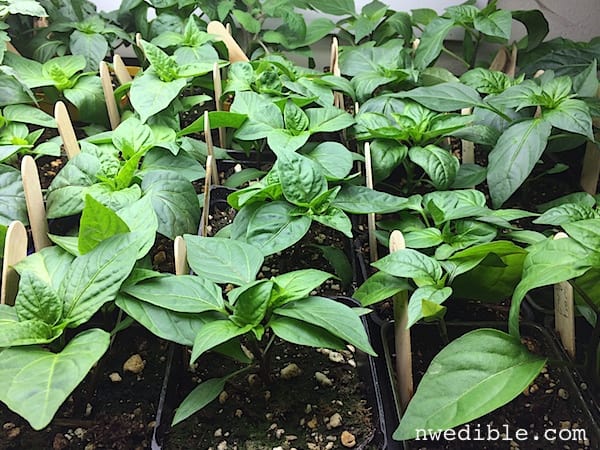
Convert A Crawl Space To A Root Cellar?
I live on very small piece of land in a 950 ft home. I’ve started to put up my veggies and have always made jams/jelly, Aigre-doux, etc. but that leads to my problem which is storing these goodies.
I have no basement or garage where I can keep things cool or have a second refrigerator. My house sits on a two foot crawl space though and I have been considering digging out some of that crawl space to create a makeshift root cellar.
Any creative ideas on how to go about this?
Karen
The amount you manage to grow in a small space is awesome. Well the first thing I want to clarify is that you don’t need a root cellar to store canned items like jams, pickles, etc. – jarred foods should keep fine at room temperature, though cool, dark storage helps preserve flavor and color longer.
If you are primarily looking for storage for your jars, any nook you can find or create in your home will do fine. I know space is at a premium but I feel like there must be easier ways to build-in additional storage as opposed to digging out a crawl space.

Where the cool, even temps of an underground root cellar really help are with fresh storage crops like beets, carrots, onions, winter squash, etc. and living ferments like sauerkraut. So if you are growing a lot of storage crops, I think a test-run of the crawl space root cellar concept is a really neat idea.
What if you got a plastic laundry basket – something with some ventilation holes – that would fit in your crawl space as it is now? I’m thinking you might put a selection of items you’d want to store in the root cellar – squash, beets, etc. – as well as a few jarred items – in the laundry basket. Then store this away in the current crawl space and try to get a feeling for how this space already works.
In terms of the actual conversion of your crawl space, I found some info on converting crawl spaces into basements, and while I think you’re talking about a much smaller scale excavation, this does not seem like a DIY kind of project. The trick is removing some of the dirt under the house without removing any of the dirt that’s important for keeping the house up. I’m getting a real, “a structural engineer should sign off on this,” vibe. Sorry. 
Community Questions! Can You Help?
I have two reader requests for information of a regional nature. Unfortunately, neither region is one I’ve much knowledge of.
We live in a tropical island environment in Central America. I have searched for good tropical gardening reference books, bought a couple, but pretty much useless on much of the information. Anything you can recommend would be appreciated.
Cindy
and
If you have any info for Florida heirloom species, tips, insights, or thoughts, I would appreciate them.
Marshall
For both Cindy and Marshall, I’d point them in the direction of Geoff Lawton’s permaculture work. His does a lot of tropical and sub-tropical design. I’d definitely spend some time with Geoff’s stuff if you have questions about design or layout of your garden.
Kris from Attainable Sustainable (a great site if you don’t already follow it) homesteads in Hawaii – she might be in a similar enough climate to be helpful to you both.
I know Southern Exposure Seed Exchange has an amazing reputation for quality seeds that are well adapted to a Southern climate. I’d definitely point Marshall in that direction, and even Cindy might find SESE’s grow guides useful.
Other than that, I’m not familiar with many tropical/sub-tropical gardening resources.
Readers – Do you know of any great books or websites that might help Cindy with her tropical, Central American garden or Marshall with his Florida garden? Please share in the comments.
Want to ask me a question?
It’s easy, and I’d love to feature your question in a future Q&A! Just follow these steps to make it easier for me to answer your question:
- Send me an email with “Question for Erica” in the subject line.
- Ask your question in one or two sentences.
- Start a new paragraph and provide any additional details that are relevant to your question.
PS – I have this nagging feeling that someone sent me a question and I responded, “I’ll answer it in the Feb Q&A” and I haven’t. If that’s you, I’m sorry! I can’t find the original email – can you please re-send your question?
Thank you!

